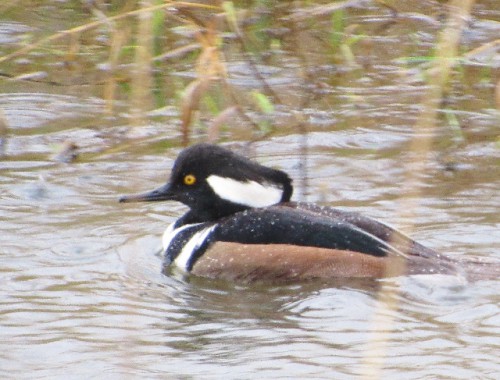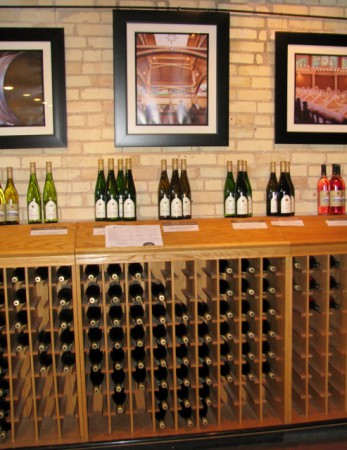Last year was the second year that I did the Oregon Wine Country Half marathon (when I tell you it was Labor Day weekend, you’ll know how far behind I am on posts!). In 2013 it was just me and Shelley, but in 2014 I was able to sucker convince several friends to join in the fun! In all, it was me, Jon, Katie, Katy, Allysa, Angela, Renee and Jean. We all made our own way down to Oregon, because some of us were just staying the weekend, some were heading off on further adventures afterwards, and some were on the way back from vacationing! Jon and I drove separately, because Jon had to work on Monday afternoon, but we caravanned with Angela and Renée.
We met up at the Ponzi Wine Bistro in Dundee and enjoyed lunch and a bottle of Pinot Noir. Everybody was pleased with their choices; I had a delicious grass fed burger. The wine was fabulous, and it was wonderful to just be able to relax and laugh with good friends.
After that, we braved more of that terrible Highway 99 traffic to make our way to McMinnville for the packet pickup at the Evergreen Aviation Museum. After we got our packets, we sampled some wines from the two wineries that had tasting stations on site. More and more of us kept rolling in, so we chatted and laughed and enjoyed the bright sunshine outside the museum.
That evening, it was “do it yourself” dinner night – some went out for dinner, some just grabbed a quick bite at the diner next door to our hotel. Katie and I went to the grocery store and grabbed some eats for ourselves and families – Katie had come with her husband and two littles. A hodge podge of fruit, meats, cheeses and breads was the perfect pre-race dinner, in my opinion.
The race was very similar to the year before – I think there was one minor course change. For more info on the course and the mile by mile experience, check out my post from 2013. I feel good about my race; I came in fifth among my friends, behind Jon, Jean, Allysa and Katy, and in front of Katie, Angela and Renee. My time was a little slower than last year – a 3:03:08 (a 13:58 per mile pace). Our finish order was exactly where I expected us all to be!
It was fun to see us all do it at our own pace and in our own way – we were competing with ourselves and not each other. I was about 5 minutes behind my personal best from the 2013 race, but I had been having a wee bit of trouble at the beginning with my shin splints, so while a little disappointing, it wasn’t surprising. I feel like I finished strong.
The post race festival was fabulous again – the group of us joined together and broke apart and joined together again, as we went to get wine, came back to compare notes, and went off again in search of the best wines to be had. It was way too long ago to remember the specifics, but my post on the wine festival from last year should give you a good idea… Lunch was again at the little sandwich shop – a fantastic Reuben.
Later in the afternoon, after getting a much needed shower and change of clothes, a group of us wandered around downtown McMinnville poking in shops, and enjoying some huckleberry ice cream. Dinner that night at La Rambla (a tapas restaurant) ended a wonderful day. Good friends enjoying good food…


















































